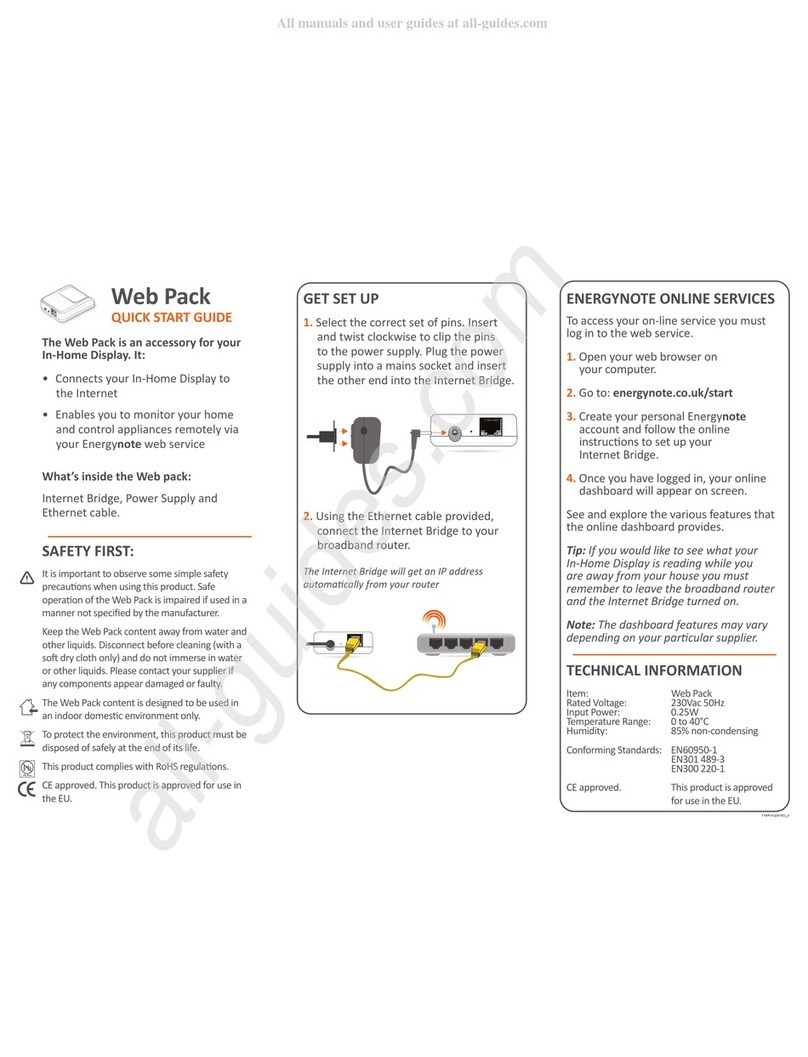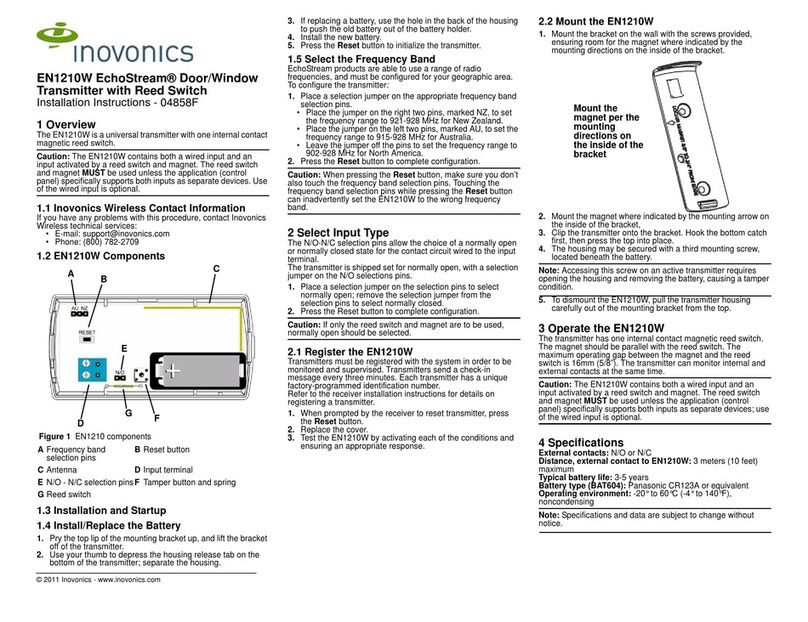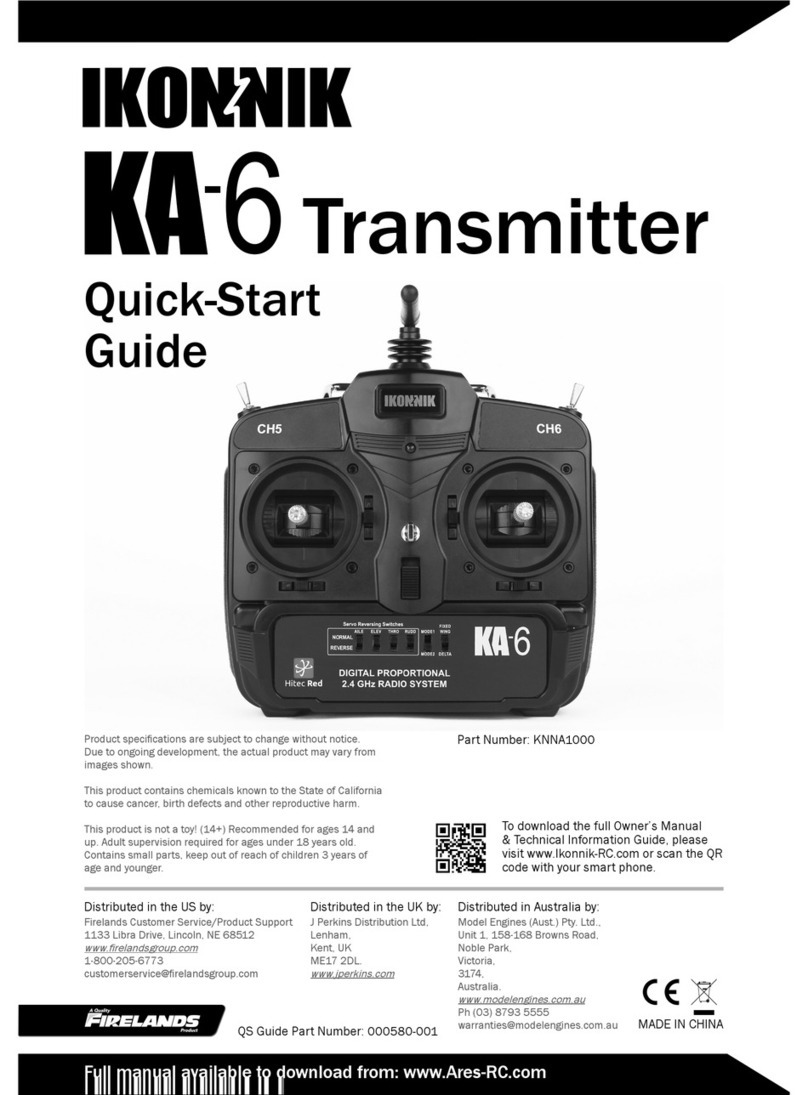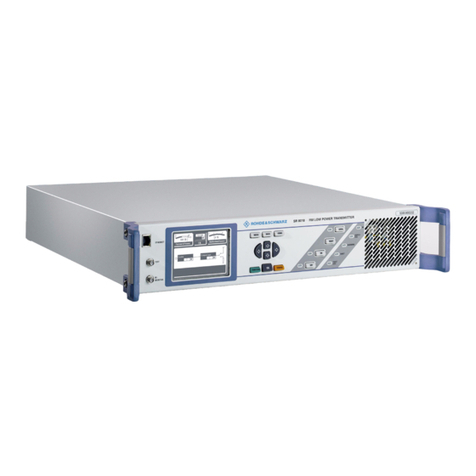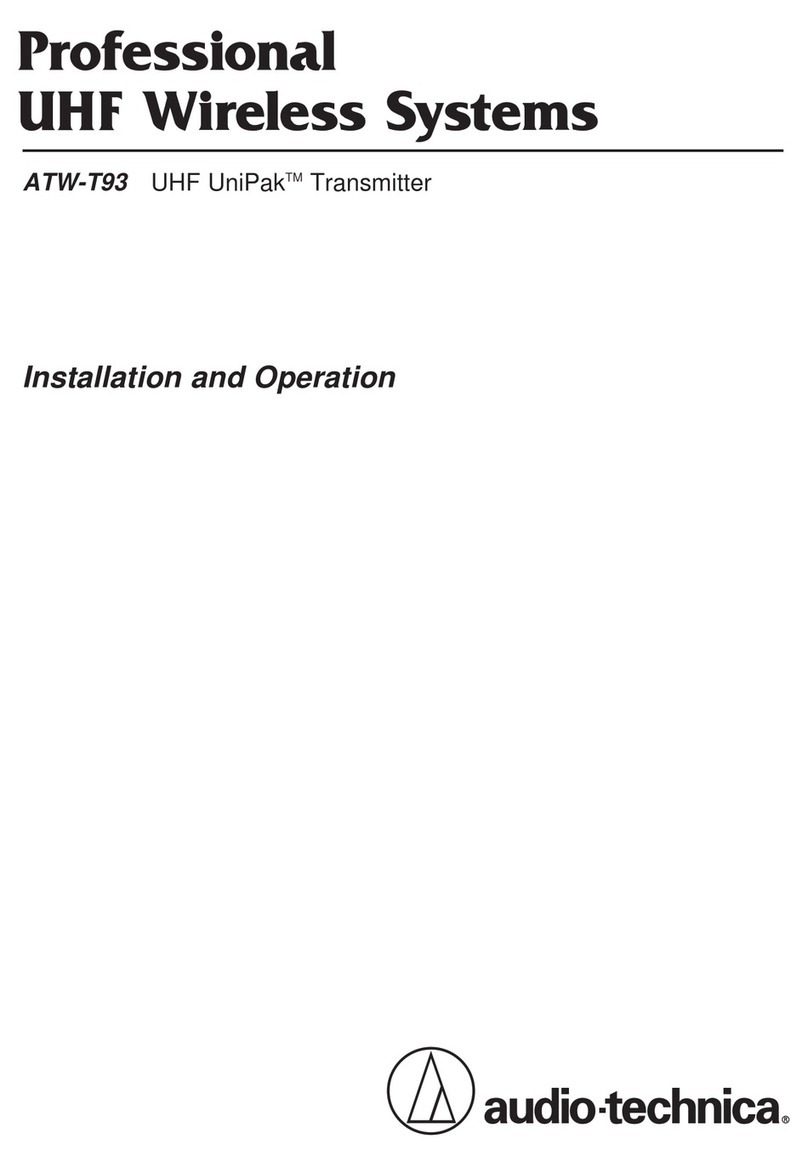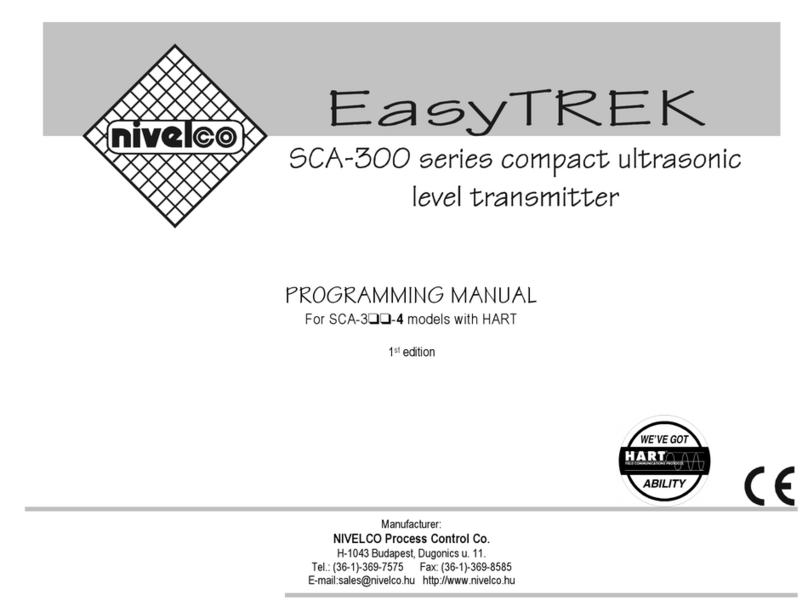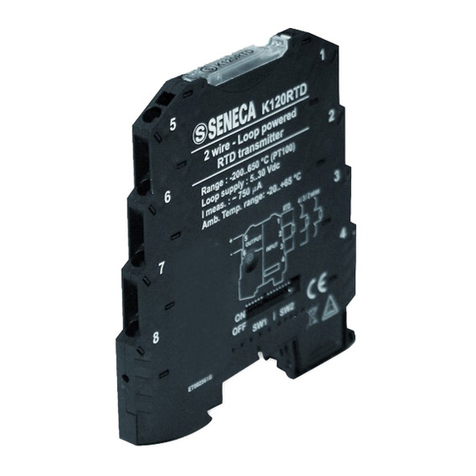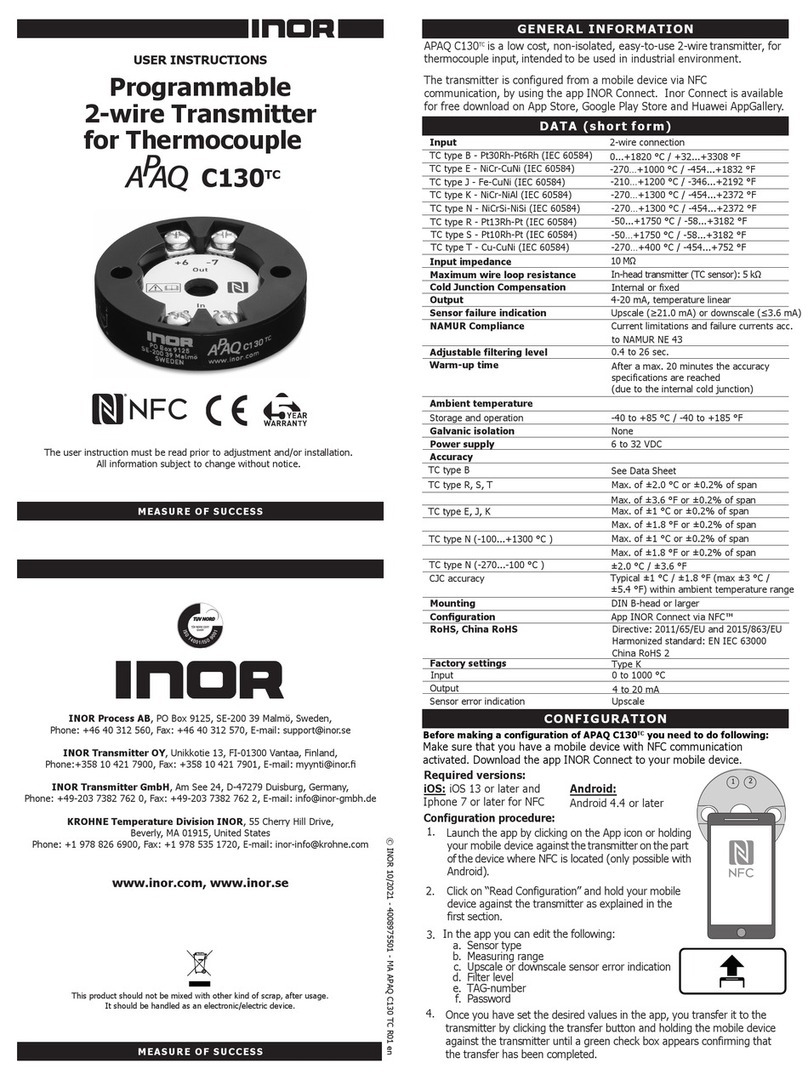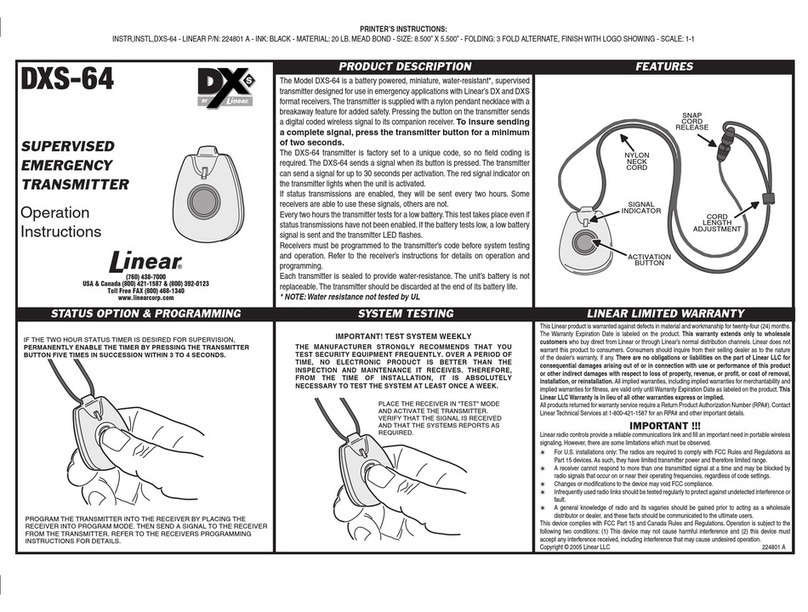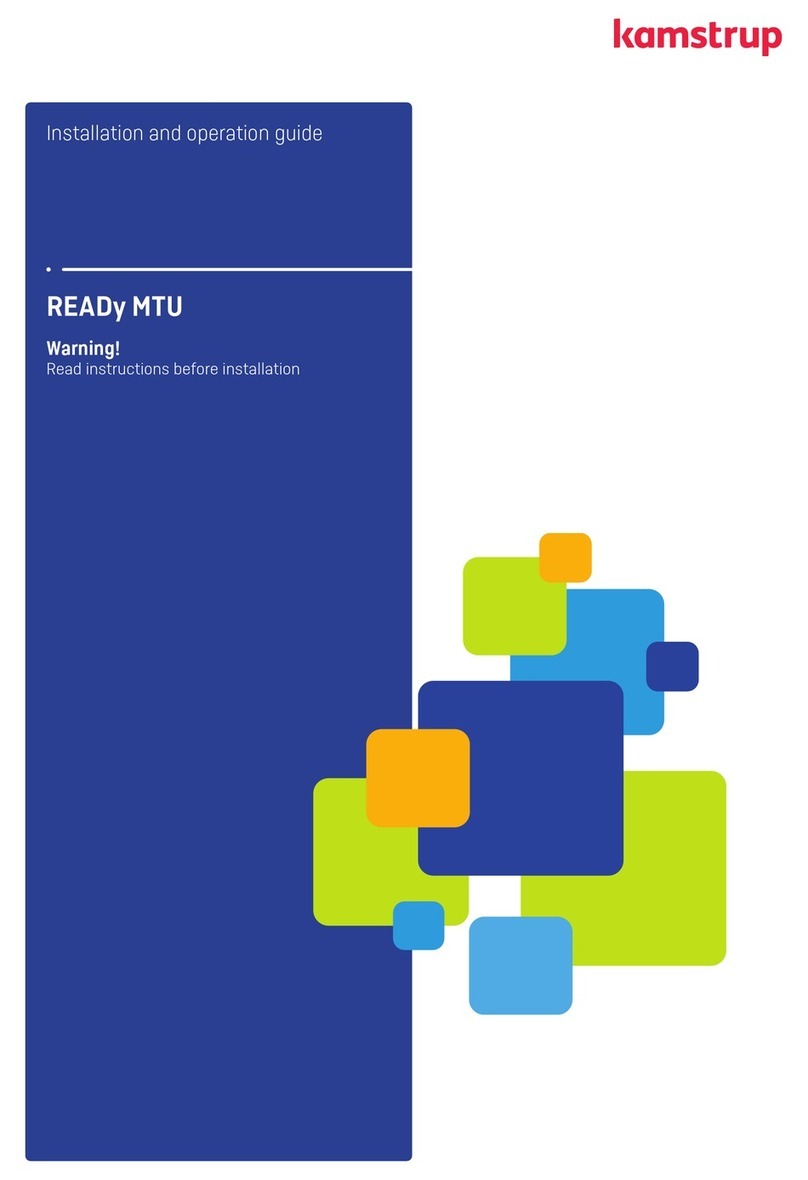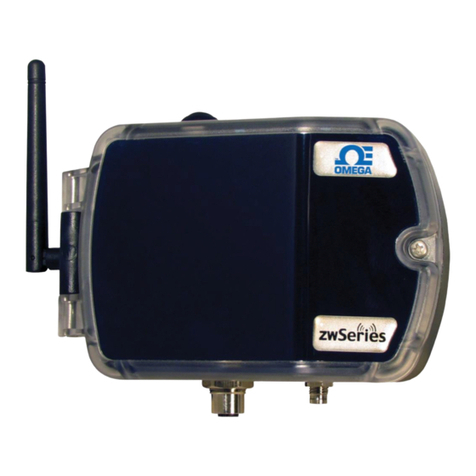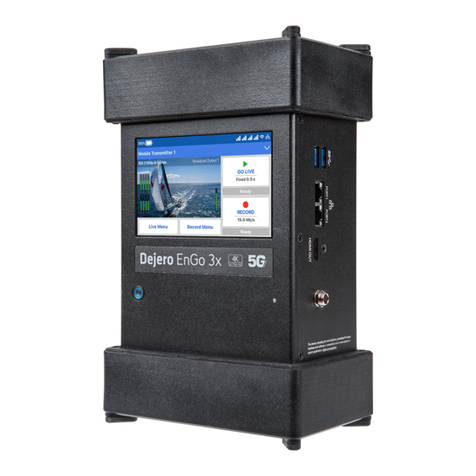
2-7
2.4 BLOCKDATATRANSFERS
2.4.1 INTERFACE BASICS
Block data transfers are initiated by the ladder
logic program write (BTW) and read (BTR)
commands. The transfer sequence begins when
the PLC sends the DXp40 a one word (16 bit
integer) write command containing a register
location pointer. This pointer is the 16 bit integer
value of the first register the PLC wishes to read
(factory default upon shipment is register 1).
Table 2-1 presents all available single and
double word register locations. After establishing
the starting register location, the PLC then
transmits a read transfer block command telling
the DXp--40 how many words of information are
needed.
2.4.2 TRANSFER READS (BTRS)
Once
the register location pointer value is
established, the PLC logic program must issue a
block transfer read command to obtain DXp-40
information. A BTR can request up to 64 words
of DXp-40 information (see Table 2-1). The
DXp-40 will respond to the BTR by transmitting
the number of words requested, starting at the
pointer location. NOTE: The first word
transmitted by the DXp-40 will be the register
pointer value. The DXp-40 adds this word at the
beginning of the transmission to 'echo' the
pointer value prior to transmitting requested
data. Therefore, the BTR command MUST add
1 to the number of words requested. If the PLC
needs four words of DXP information, the BTR
request must be for five words (Figure 2-5).
2.4.3 BLOCK TRANSFER WRITES (13-
1111S)
Some of the DXp-40 registers may be written to
by the PLC (indicated by an '" in table 2-1). This
allows parameters such as filter, set point, and
diagnostic values to be down loaded on-the-fly
by the PLC ladder logic program. When writing
to the DXp-40, the first word must be the register
location pointer. Therefore, the program MUST
always add 1 to the BTW command length
(Figure 2-6). For example, to change a set point
value, the BTW length must equal 2 with the first
word being the set point register location pointer
and the second word being the new set point
value. Parameter guidelines for writing data to
the DXp-40 are presented in Table 2-2.
2.4.4 A PERPETUAL POINTER
One advantage to DXp-40 block transfers is that
the register pointer is retained in DXp-40
EEPROM. When a write block selects (points to)
a register location, that location may be
accessed (read) repeatedly without having to re-
write the register location word. Of course the
register pointer can be changed as often as
needed, but the last written location will always
be remembered, even during power down. This
feature saves a lot of BTWs when the PLC is
monitoring a particular register or block of
registers over a period of time.
2.4.5 FAULT EVALUATION
Three status words, register locations 1, 2, and
3, provide detailed explanations of error
conditions encountered by the DXp. When a
fault is detected, either bit 6 (fault) or bit 11
(diagnostic fault) in word 2 of the input image ta-
ble is set to a '1' to alert the PLC of an error
condition. The PLC must then perform a BTR of
the appropriate status register to evaluate and
correctthe error. If bit six (fault) is set, check
status word 3 for the error explanation. If bit 11
(diagnostic fault) is active, check status word 2
and status word 1 bits 12 - 15 for the error
explanation. Table 2-3 gives the status word bit
definitions.
2.4.6 REMOTE FILTER CONFIGURATION
DXp-40 transmitters equipped with the optional
Dynamic Digital Filter can be instructed by the
PLC to change filter settings on-the-fly. This
unique feature allows optimal, pre-determined
filtering parameters to be implemented at critical
moments during a dynamic weigh process.
Changing filter parameters throughout the
process ensures data stability and maximum
system response to actual weight changes.
Filter parameters are stored at register locations
59-70 (Table 2-1). Table 2-2 defines the filter
parameters that can be written to these registers
in the DXp-40. Request BLH technical note TD-
071 for a detailed description of Dynamic Digital
Filtering.
